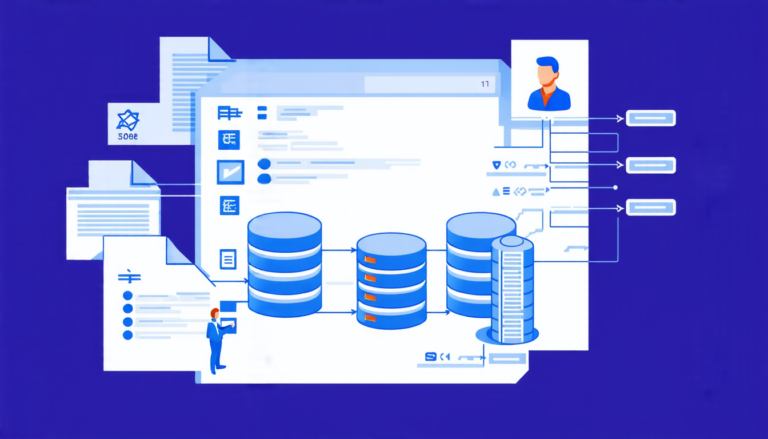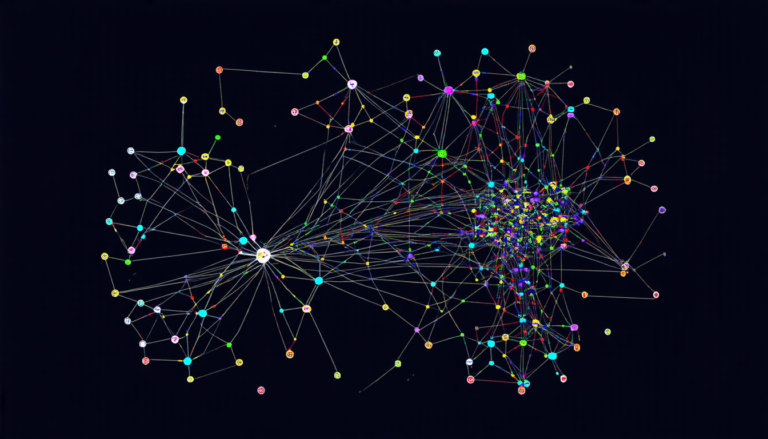Thursday 04 September 2025
As our reliance on cloud-based large language models (LLMs) grows, so do concerns about the privacy of our interactions with these powerful tools. While encryption techniques have been developed to protect sensitive data, they often come at the cost of reduced utility and performance.
A new framework, Semantic Encryption (SE), promises to change this landscape by preserving both privacy and utility. Developed by a team of researchers, SE consists of two key components: Semantic Encoding and Semantic Decoding.
When a user interacts with an LLM, their input is first transformed into an alternative semantic context using the encoding phase. This process maintains the original intent and logical structure while obscuring sensitive information. The encoded input is then processed by the LLM, which generates a response based on the transformed context.
The decoding phase reconstructs the LLM’s response back into its original semantic context, ensuring that the user receives accurate and relevant results without compromising their privacy. This end-to-end process not only protects data but also enables seamless interactions with LLMs.
SE has been tested against two existing methods: HaS, which uses keyword substitution to protect private information, and InferDPT, a differential privacy approach that encrypts user inputs. In experiments, SE outperformed both methods in terms of response accuracy and logical structure preservation.
One notable case study involves a company seeking to analyze its energy consumption patterns using an LLM. Traditional encryption techniques would have required the company to significantly modify its input data, rendering it useless for analysis. With SE, however, the company’s private information remained protected while still allowing the LLM to generate accurate and relevant responses.
The implications of SE are far-reaching, with potential applications in various domains, including healthcare, finance, and education. As our reliance on LLMs continues to grow, the need for effective and privacy-preserving solutions becomes increasingly urgent.
By addressing the limitations of existing encryption techniques, SE offers a more comprehensive approach to protecting user data while maintaining the utility of cloud-based LLMs. As researchers continue to refine this framework, we can expect to see even more innovative applications of semantic encryption in the future.
Cite this article: “Semantic Encryption: Preserving Privacy and Utility in Cloud-Based Large Language Models”, The Science Archive, 2025.
Cloud-Based Large Language Models, Privacy, Semantic Encryption, Encryption, Utility, Performance, Semantic Encoding, Semantic Decoding, Differential Privacy, Keyword Substitution







